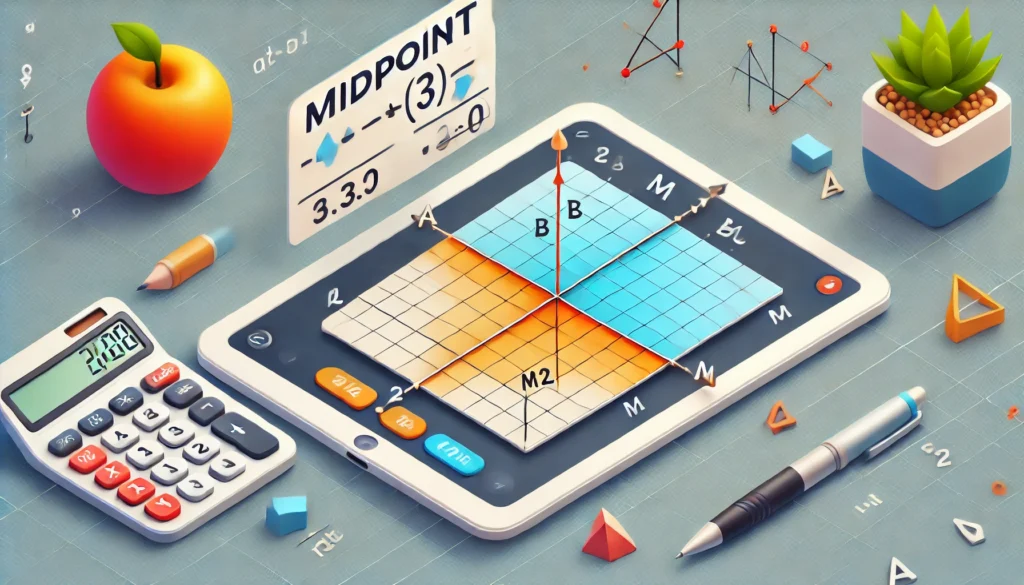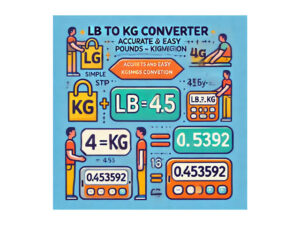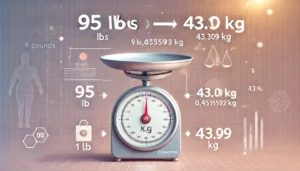Whether you’re a student tackling coordinate geometry or a professional in need of precise spatial calculations, understanding how to find the midpoint between two points is essential. That’s where a midpoint calculator becomes a game-changer.
In coordinate geometry, the midpoint is the exact center between two distinct points on a plane. By using a midpoint calculator, the tedious task of manual calculation is eliminated, making the entire process faster and more accurate.
What Is a Midpoint in Geometry?
In the simplest terms, a midpoint is a point that lies exactly halfway between two other points in a coordinate system. It serves as a balancing point, equally distant from each endpoint.
The formula to find a midpoint is: Midpoint (M)=(x1+x22,y1+y22)\text{Midpoint (M)} = \left( \frac{x_1 + x_2}{2}, \frac{y_1 + y_2}{2} \right)Midpoint (M)=(2×1+x2,2y1+y2)
Here, (x1,y1)(x_1, y_1)(x1,y1) and (x2,y2)(x_2, y_2)(x2,y2) represent the coordinates of the two points. While this equation is straightforward, entering values correctly and avoiding simple mistakes is not always guaranteed. Therefore, using a midpoint calculator ensures greater precision.
How the Midpoint Calculator Works
At its core, a midpoint calculator takes the coordinates of two points as inputs. Then, it applies the midpoint formula automatically. Within seconds, it displays the result. Not only is this method time-saving, but it also minimizes the risk of mathematical errors.
For example, entering the points (4, 8) and (10, 2) into the calculator would return: M=(4+102,8+22)=(7,5)M = \left( \frac{4+10}{2}, \frac{8+2}{2} \right) = (7, 5)M=(24+10,28+2)=(7,5)
This simple yet effective solution appeals to users of all backgrounds. From middle school students to engineers, anyone dealing with geometric plotting benefits from this tool.
Why Use a Midpoint Calculator?
Several reasons explain the growing popularity of this digital helper:
- Accuracy: Calculations are handled flawlessly without the risk of human error.
- Efficiency: Results appear almost instantly.
- Convenience: No need for pen, paper, or a separate calculator.
- Accessibility: Available online for free, 24/7.
- Educational Aid: Ideal for learning and teaching geometry concepts.
Additionally, using such a tool can help you understand the concept better through repetition and visual confirmation. Hence, it acts not only as a calculator but also as an interactive tutor.
Real-World Applications of the Midpoint Calculator
One might assume midpoint calculation is limited to the classroom. However, its usefulness extends well beyond academics:
- Graphic Design: Used in positioning elements evenly within a space.
- Cartography and GIS: Helps pinpoint exact locations between geographic points.
- Architecture: Ensures balance and symmetry in building layouts.
- Game Development: Crucial for calculating object positions in 2D/3D environments.
With so many practical uses, it’s no surprise that the midpoint calculator is a staple in many technical toolkits.
Key Features to Look For in a Midpoint Calculator
When selecting a calculator, not all tools are created equally. Some standout features to look for include:
- User-Friendly Interface: Simple input fields and readable output.
- Coordinate Format Flexibility: Ability to input integers, decimals, or fractions.
- Visual Graph Display: Optional graphical representation of the points and midpoint.
- Mobile Compatibility: Optimized for phones and tablets.
- No Login Required: Instant access without unnecessary signups.
By choosing a calculator with these capabilities, users enjoy a smoother and more productive experience.
Common Mistakes to Avoid
Although the calculator does the hard work, errors can still occur during input. Here are a few pitfalls to steer clear of:
- Reversing Coordinates: Always double-check that you’ve entered points correctly.
- Incorrect Format: Use the correct syntax, such as separating x and y with commas.
- Assuming 3D Capabilities: Some calculators only handle 2D midpoints unless specified.
Being mindful of these issues ensures accurate and frustration-free usage.
Conclusion: Make Math Easier With a Midpoint Calculator
In summary, a midpoint calculator is more than a digital convenience—it’s a reliable partner for mastering coordinate geometry. Whether you’re learning the basics or applying geometry to real-world problems, this tool delivers consistent results every time.
So, the next time you need to find the center between two points, ditch the manual math. Use a midpoint calculator instead and enjoy a faster, smarter approach to geometry.





